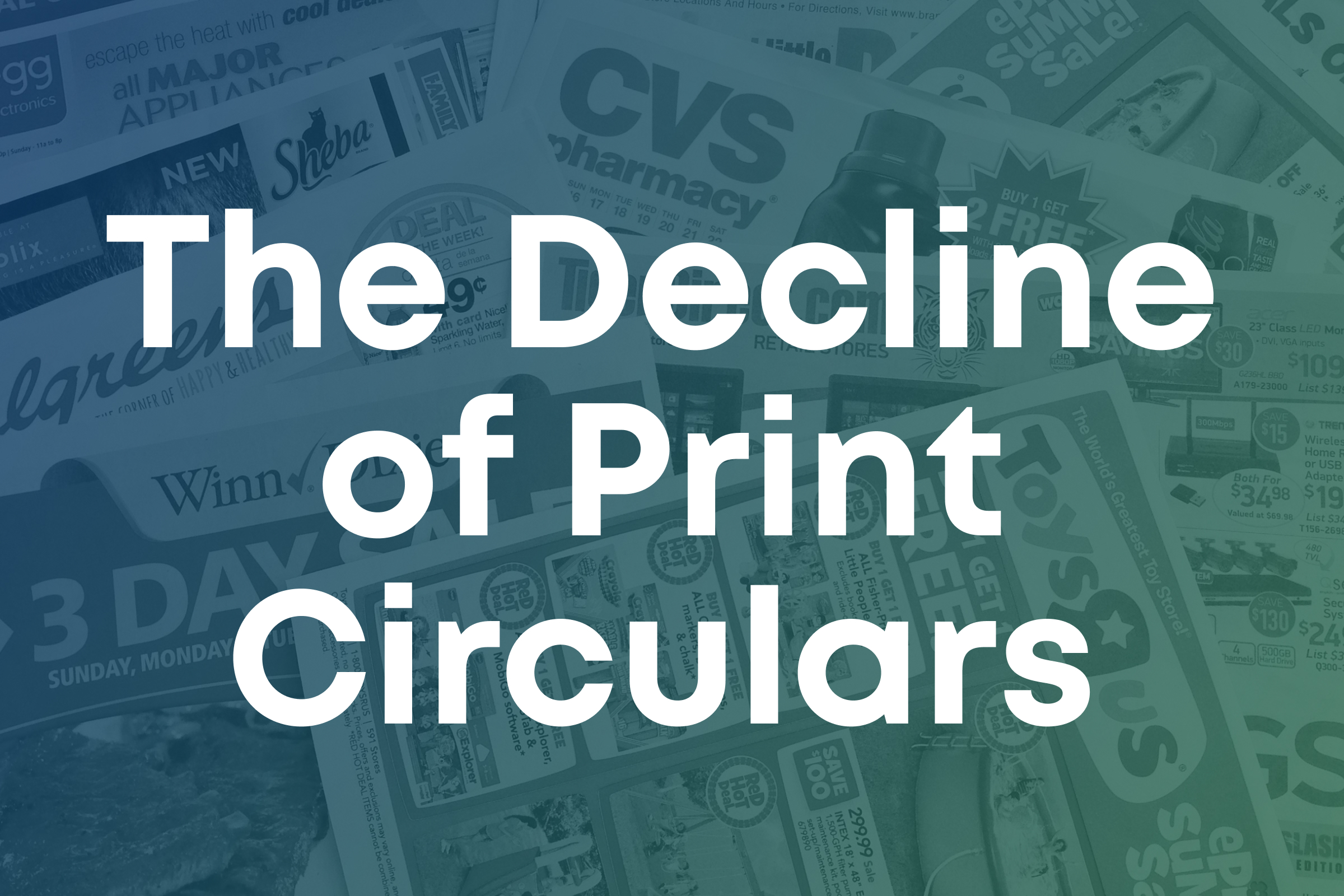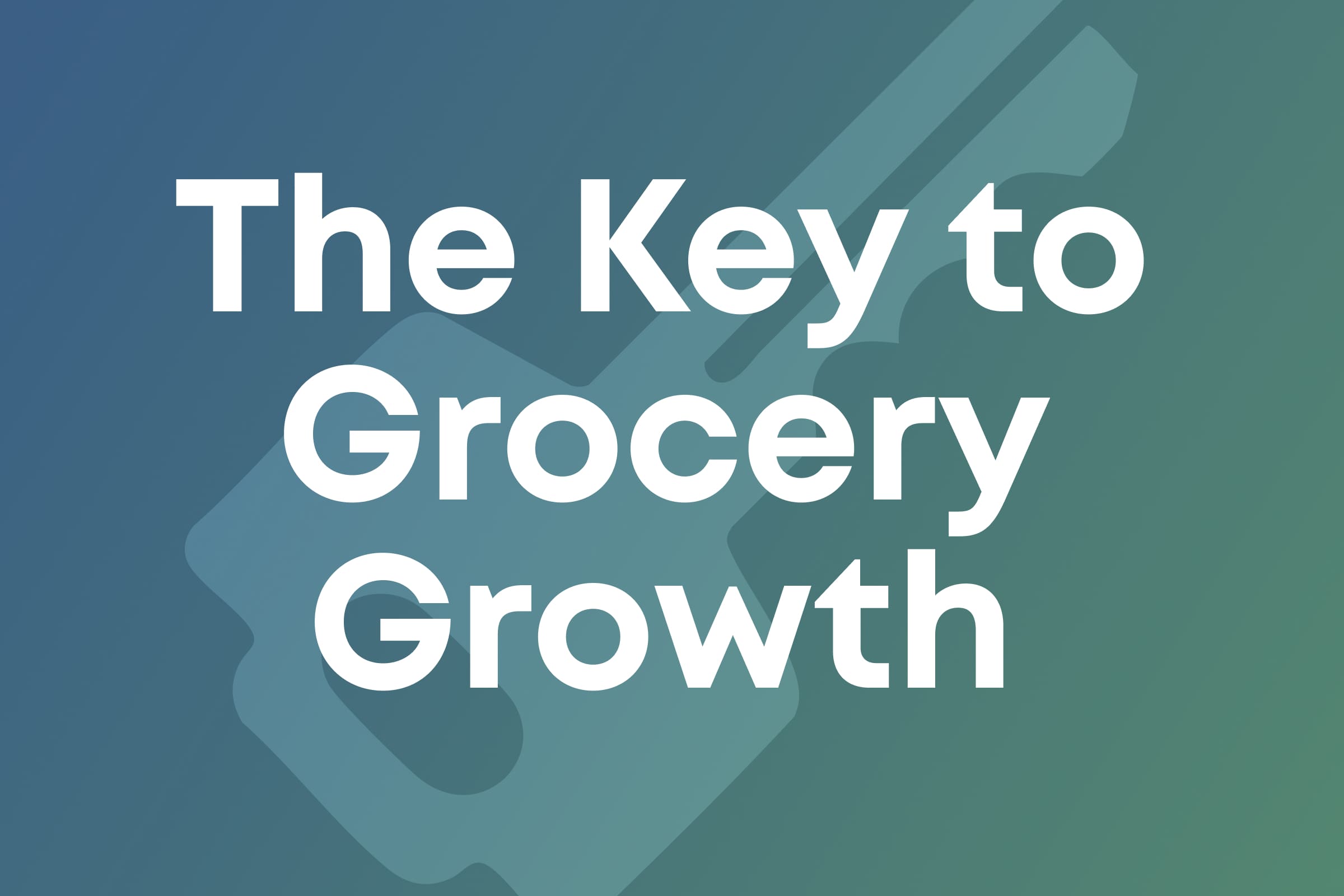Retail E-commerce Solutions for the Brick-and-Mortar Grocer
Henry Kim
During the global pandemic, shoppers weren’t able to buy daily necessities at the grocery store, contributing to the dramatic growth of the online grocery marketplace. However, 90% of shoppers still prefer to shop in their favorite physical store locations.
As people return to brick-and-mortar stores, it’s clear that a new type of shopper has emerged – the hybrid shopper. To attract and retain this growing demographic, grocers must own both the online and in-person customer journeys—and build long-term retail loyalty.
Here, we’ll discuss the hybrid shopping experience and present retail e-commerce solutions that help grocers remain competitive.
Today’s Hybrid Grocery Shopper
Hybrid shopping connects physical retail and e-commerce, giving shoppers more flexible options. For instance, they can browse and purchase products online but pick them up in-store. A 2021 Salesforce survey reports that 82% of the $23 trillion sales were in-store purchases. However, it also states that almost one out of three shoppers have adapted to hybrid shopping habits.
Hybrid shoppers also seek a seamless experience where grocers offer them convenience, variety, and value. With access to multiple shopping channels, their spending habits can lead to significant growth and long-term loyalty.
Benefits of an Omnichannel Marketing Approach
With its ability to connect with customers through multiple touchpoints—from mobile to brick-and-mortar— the omnichannel marketing approach has become a retailer’s key to meaningful growth. And while it isn’t a new solution, it’s become more relevant as hybrid shopping continues to rise. Here are a few of its benefits:
- Advantage over competitors: Unlike predominantly online vendors like Amazon, brick-and-mortar grocers have the advantage of already existing as physical stores. By implementing more digital touchpoints to their location, grocers can provide more personalized and tailored experiences.
- Larger basket size: Omnichannel shoppers spend more with a monthly average grocery spend of $594, compared to $388 for in-store shoppers.
- Increase customer satisfaction: Whether it’s through social media, a mobile app, or in-store, an omnichannel approach allows grocers to meet customers through multiple touchpoints, boosting customer loyalty.
.png)
Owning the Hybrid Shopping Experience
The future of grocery will be “phygital,” which seamlessly connects the benefits of online and in-store grocery shopping. But how can grocers implement retail e-commerce solutions that meet the needs of hybrid shoppers today?
- Personalization. Shoppers appreciate feeling understood. Personalization allows retailers to better understand the unique needs of their customers and recommend products that meet their preferences. Throughout time, this method can lead to bigger purchases and improved loyalty.
- First-party data. Third-party data is becoming obsolete. But with first-party data, which collects shoppers’ information directly from the source, grocers can provide their consumers with more accurate advertising.
Delivering a Truly Connected Experience with Retail Technology Solutions
- Retail media network: Provide grocers with the tools needed to drive margin-rich revenue, build brand loyalty, and customize the shopper’s journey.
- Mobile app: With features like a digital shopping list or delivery options, grocers can engage with customers in the palm of their hands.
- Loyalty program: Loyalty-based incentives allow shoppers to build a meaningful digital relationship with their favorite grocer—and save money.
Consumer-Proof Your Business
Swiftly has you covered. Our retail media platform measures performance, builds customer trust, and provides real-time insights into consumer behavior to help grocers implement an effective hybrid shopping strategy.
Ready to implement our retail e-commerce olutions and own the hybrid shopping experience?
Contact Swiftly today.





